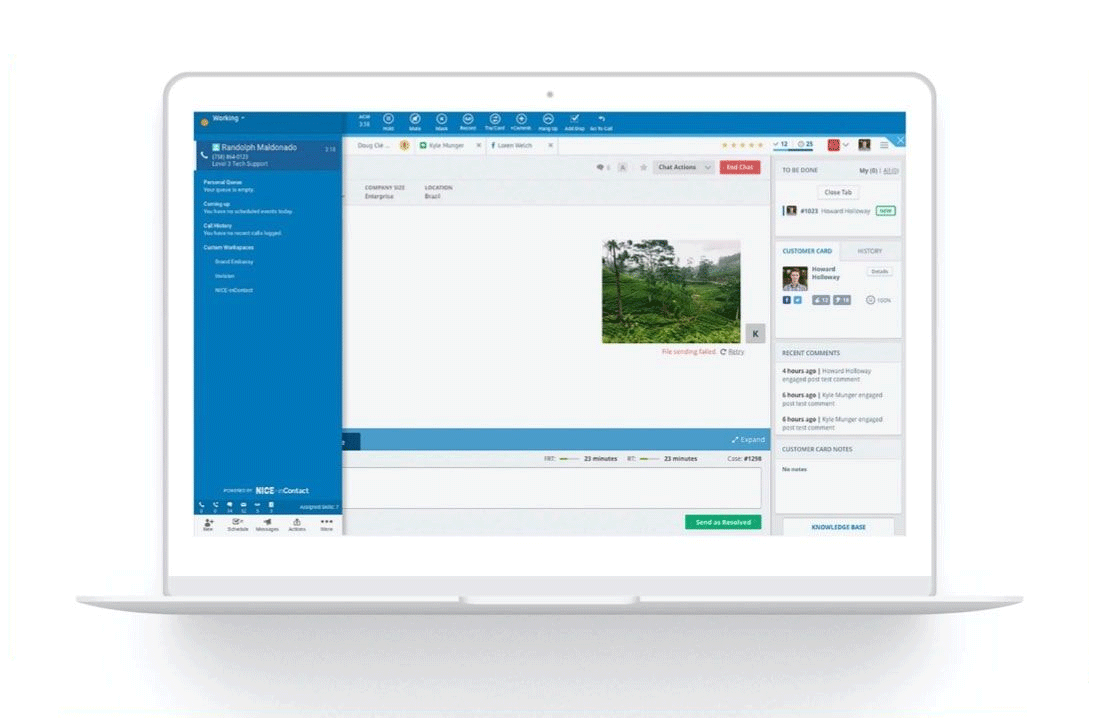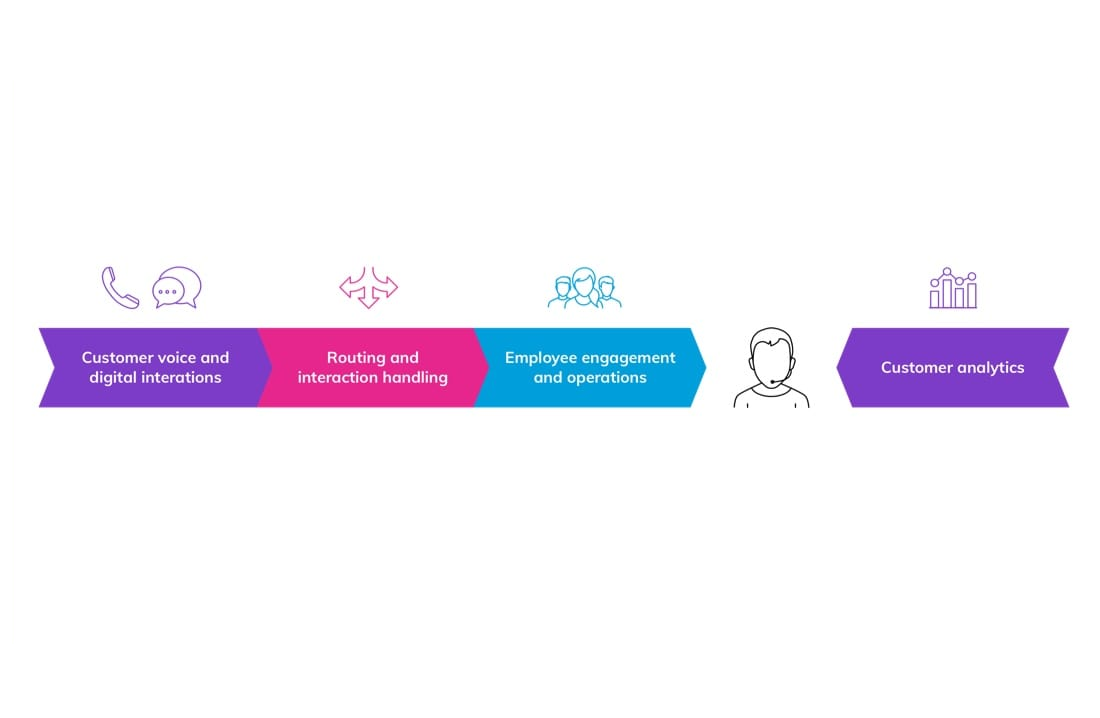Forging productive relationships
A corporate website has many stakeholders within an organization - marketing, customer service, product teams, recruiting, corporate communications - and each one of them has their own agenda for the website, which sometimes results in competing goals. To be effective, a digital experience manager needs to be able to communicate with stakeholders and gain consensus for website strategy and modifications. Otherwise, they'll spend precious time on internal firefighting.
Performance analysis
Digital experience managers also need to monitor website performance. This includes analyzing stats like load times, site visits, and conversion rates. This allows them to measure newly implemented changes as well as identify other pages or functionality that needs to be optimized. Based on their analysis, a digital experience manager may then recommend and design necessary changes.
Project management
Any changes the digital experience manager wants to make to websites or apps require participation by other employees, such as content writers and web developers. To be successful working with cross-functional teams, digital experience managers need to be skilled in basic project management techniques like defining scope and requirements, managing timelines, and communicating issues and status.
Website and app design
A digital experience manager is often tasked with designing how a website or app looks and functions, including on the back end. This may mean designing them from scratch, modifying existing pages, or adding pages, functionality, or content. Website modifications are typically done to drive more traffic or revenue, so to be effective the digital experience manager needs to understand the brand and its customers and have a firm grasp of traffic-driving techniques like search engine optimization (SEO).









